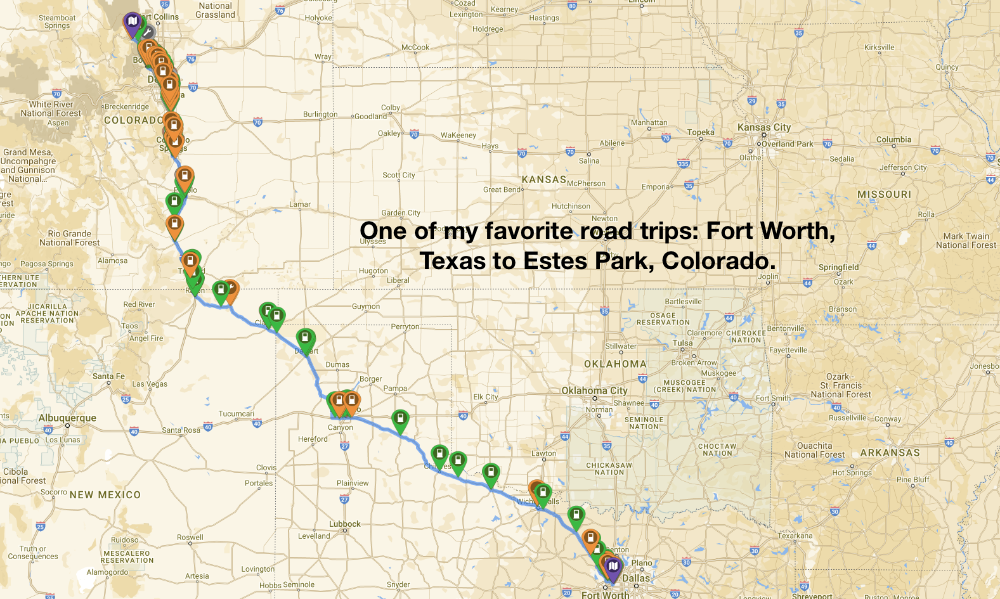One of the most disturbing trends affecting EV adoption is the constant media (and OEM) drumbeat of “range anxiety.” Many people, considering the purchase of an EV, have said to me, “When they have an EV with a range of 500 miles or more, I’ll be ready to switch.”
The problem is that range isn’t nearly as important as charging speed, but only those who have taken an EV on a long distance road trip have internalized this fact. If I am able to travel 250 to 300 miles on a charge but also able to recharge to 80% in 15 to 30 minutes at a 250kW to 350kW charger, I can schedule stops every 4 to 4-1/2 hours. Having a 500 mile range battery may reduce stops to every 7-1/2 to 8 hours, but here’s the rub: EV batteries today cost about $122 per kWh of storage. Driving 300 miles in an EV uses, on average, about an 85 kWh battery pack. Based on the battery pack cost mentioned earlier, that’s about $10,370 for a battery of that range. To increase the range to 500 miles, the battery cost/storage capacity would have to increase by about 68% (or cost over $7,000 more).
Unless you take long road trips on a very regular basis, do you really want to spend that much more?
My EV driving experience guided me to my preferred range of 280 to 330 miles of range. Faster charging speeds have made less expensive EVs, like the Hyundai Ioniq 5, Kia EV6 and Tesla Model 3 & Y, a very attractive choice that works great for me on long trips. After 4 hours of driving, I’m quite ready to get out of the car, decompress, walk around or grab a meal. In recent trips, my EV has been ready to go before I can even finish a meal.
This has led me to my philosophy of “feed the car when you feed yourself.”
On a road trip, I leave home (or the hotel) with a fully charged battery pack. If I depart around 8AM, I’ll need to recharge right around lunch time. Since I am multitasking (eating and refueling simultaneously), I am not adding time to my drive as I would have been stopped to eat anyway. Another 4 hours of driving is usually all I want to do in a day, after about 500 to 600 miles, I’m ready to take it easy. I’ll check in at a hotel that offers Level 2 charging (usually free), relax a bit and then have dinner. I’ll fill the battery to 100% of capacity, while I dine and sleep, starting the next day, like the one before, with a full “tank.” That’s what works for me.
If you’re a real “road warrior,” wanting to really put some miles down each day, a 310 mile range electric vehicle, like the EV6, would allow you to leave at 7:30am, drive 290 miles, stopping around noon for lunch. The EV6’s 800 volt system would recharge to 80% in 18 minutes, but let’s estimate 30 minutes in case you get a slower DC Fast Charger. You’d leave lunch around 12:30pm and drive another 220 miles over 3-1/2 hours. The next charge would probably be too early for dinner (4pm), so that 18 minute charge would add to your trip time, rather than be masked by a meal. After that charge, you’d be able to drive another 220 miles until about 7:30pm. That’s about 12 hours of driving per day and your trip has only been lengthened by 18 to 30 minutes. It’s a personal preference, so ask yourself, “Which is more important to you, saving 18 to 30 minutes of driving time per day, on a long trip or saving $7,000 on your car? It probably depends on how often you take long road trips. If it’s twice a year, like a vacation followed by a family holiday trip, that savings in cash might be a tempting thing to consider.
One last thing: I used to tell my EV customers, “We are not going to shred your gasoline credit card or gasoline driver’s license, just because you bought an EV! If slightly shorter drive time is important for you, drive that EV all year and take just a portion of the money you saved on fuel and maintenance and spend it on renting the biggest, most luxurious SUV for your trip(s). You’ll still come out way ahead, financially.”


